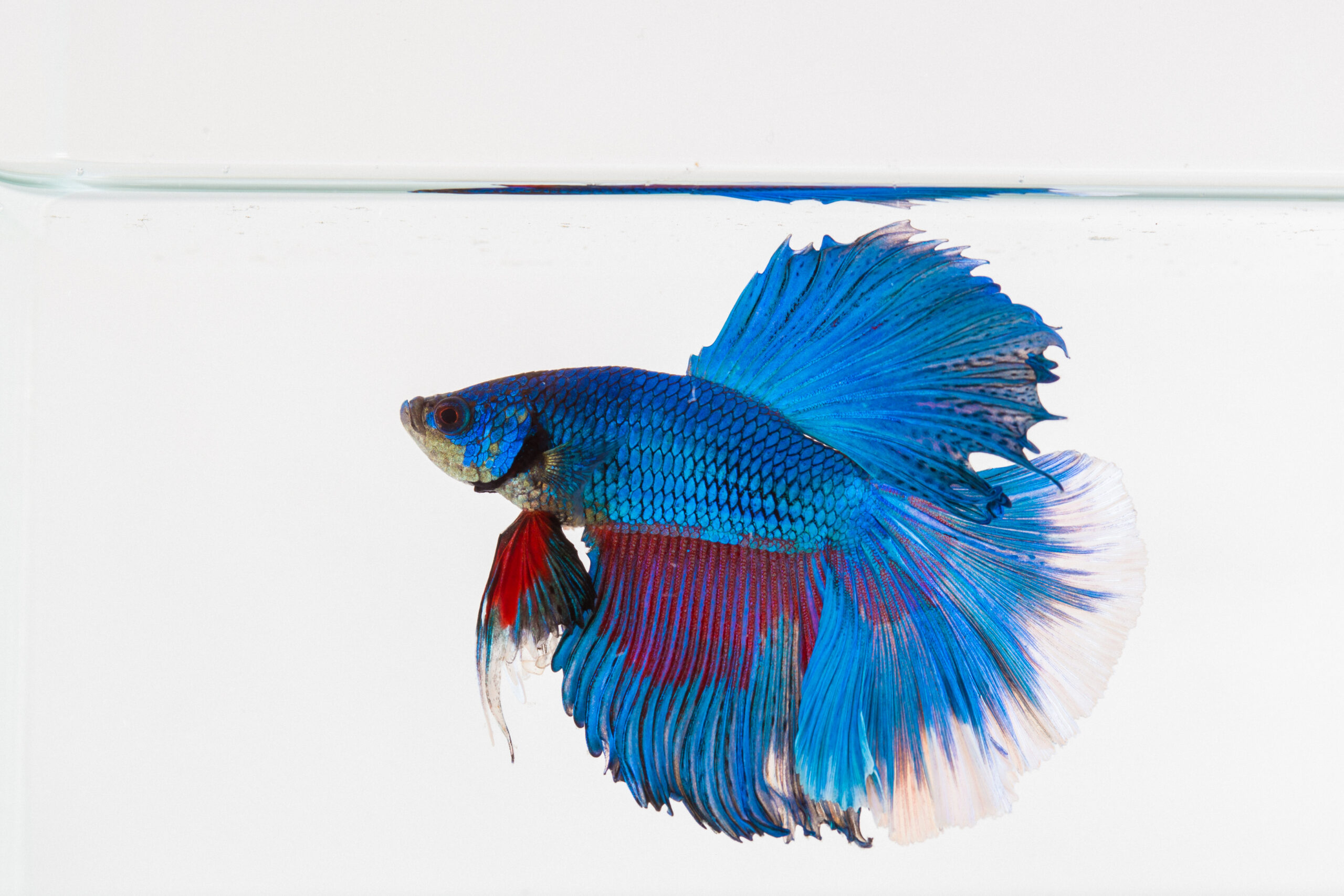Betta Fish Tank Arrangement: A Step-by-Step Guide for Beginners
Betta Fish Tank Arrangement: A Step-by-Step Guide for Beginners
Blog Article
Reproducing Betta Fish: a Comprehensive Step-By-Step Guide to Successfully Raising Child Bettas From Eggs to Their Adult Years
Breeding Betta fish is a careful venture that calls for mindful planning and execution to make certain the successful advancement of fry from eggs to mature fish. As the male Betta vigilantly constructs a bubble nest and guards the priceless eggs, the succeeding phases of treatment and transition demand interest to detail and understanding of finest methods.

Selecting Breeding Pairs
When starting the trip of breeding Betta fish, selecting the right reproduction sets is important to achieving preferable qualities and a healthy family tree - betta fish. The very first step in this procedure is to determine the specific attributes you want to boost or protect, such as color, fin kind, and body shape. It is vital to select genetically diverse sets to prevent inbreeding, which can cause health concerns and unfavorable attributes
Review prospective reproducing candidates carefully. A healthy and balanced male Betta ought to show dynamic shades, an active disposition, and well-formed fins, while the lady ought to additionally show vivid coloration and a rounded stubborn belly, showing preparedness for spawning. Observing the personality of both fish is essential, as hostile or extremely timid individuals might not reproduce efficiently.
Keeping records of the moms and dad fish's origins can help you track genetic qualities and possible problems. Ultimately, investing time in the choice process will dramatically boost the likelihood of producing strong, vibrant spawn that fulfill your reproduction objectives.

Preparing the Breeding Tank
Creating an ideal reproduction environment is a vital action after selecting ideal sets for Betta fish. The reproduction storage tank should be especially made to provide convenience and stimulate the all-natural breeding actions of the fish. Beginning with a storage tank size of at the very least 10 gallons to make certain appropriate space for both the man and female Bettas.
Keep a gentle purification system to keep the water tidy while preventing solid currents that can stress the fish. Additionally, an air rock can be included in provide oxygenation without interfering with the water surface also a lot.
Temperature level regulation is critical; goal for a steady variety of 78-82 ° F(25-28 ° C) making use of a reliable heating system. The pH level must be maintained in between 6.5 and 7.5, and normal water adjustments are essential to make sure high water top quality.
Include floating plants or generating sponges to develop hiding areas for the lady, while additionally encouraging bubble nest building by the man - betta fish. Ultimately, guarantee the container is free from sharp designs and any prospective threats, as the welfare of the fish ought to always be focused on throughout this important stage of breeding.
The Reproduction Refine
Typically, the breeding procedure for Betta fish includes a collection of distinct and visible actions that show preparedness for recreation. The male Betta starts by building a bubble nest at the water's surface, which works as a site for the fed eggs. This nest is important, as it supplies a risk-free atmosphere for the eggs till they hatch out.
When the nest is established, the male will display courtship behaviors, such as flaring his fins and showing vibrant shades to draw in the female. The lady, upon picking up the man's preparedness, will react by showing vertical stripes along her body, signifying her receptiveness.
When the women approaches, the male takes part in a mating dance, commonly causing an accept called the "spawning." During this welcome, the lady launches her eggs, which the male fertilizes right away. The fertilized eggs after that drop to the bubble nest, where the male thoroughly collects and returns them to the nest. Following this, the male thinks responsibility for safeguarding the nest and guaranteeing the security of the eggs up until they hatch out, typically within 24-36 hours. This phase is vital in the breeding procedure, laying the foundation for effective fry advancement.
Taking Care Of Betta Fry
Looking after Betta fry calls for cautious interest to their atmosphere and nourishment to make sure official statement healthy and balanced growth and advancement. After hatching, Betta fry are extremely tiny and susceptible, demanding a steady and tidy habitat. Keeping a water temperature in between 78 ° F and 80 ° F is essential, as Betta fry grow in warm problems. Furthermore, ensure that the water is without hazardous have a peek at this site contaminants; regular water modifications of 10-20% are advised to keep optimal water top quality.
Feeding Betta fry is just as vital. Feed them tiny quantities a number of times a day, being cautious not to overfeed, which can lead to water quality issues.
Transitioning to Grownup Bettas
As Betta fry fully grown, transitioning them to grown-up Bettas is a crucial phase that calls for mindful administration of their atmosphere and social interactions. This process usually begins when the fry reach around 6 weeks of age, at which point they can be progressively introduced to a more organized living setting.
To facilitate this change, it is important to guarantee that the water specifications-- such as temperature level, pH, and ammonia levels-- are optimum and secure. Adult Betta fish thrive in warm water (around 78-80 ° F) with a pH of 6.5 to 7.5. Progressively acclimate the fry to these conditions to reduce tension.
Social communications are an additional key aspect; male Bettas are infamously territorial and aggressive. It is a good idea to separate males right into individual containers as they mature. Women Bettas can be housed together, however treatment should be taken to monitor for indications of aggressiveness.
Additionally, nutritional adjustments must be made as the fry expand. Incorporate top quality pellets and live foods to sustain their growth and wellness. By managing these factors efficiently, you can promote a successful shift to adulthood for your Betta fish.

Final Thought
Successful breeding of Betta fish needs careful attention to information throughout the whole process, from picking genetically varied site here sets to providing ideal look after fry. By guaranteeing appropriate reproduction problems and preserving water quality, the possibility of healthy and balanced spawn increases substantially. Additionally, a well balanced diet and gradual adjustment to grown-up environments are important for the growth and advancement of Betta fish. Complying with these actions vigilantly cultivates a flourishing population of Betta fish, improving both their health and wellness and vitality.
Report this page